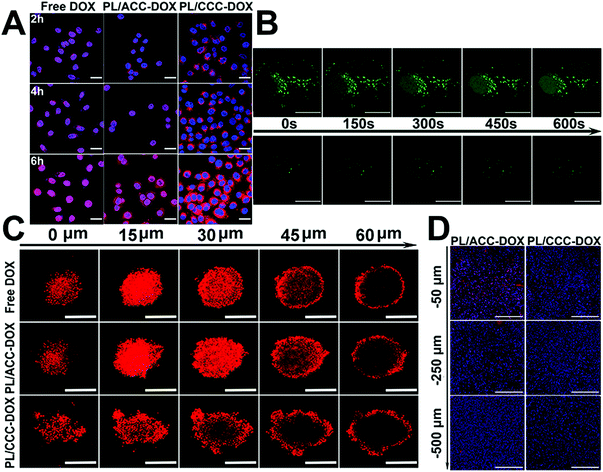 Open Access Article
Open Access ArticleCreative Commons Attribution 3.0 Unported Licence
Correction: Facile preparation of phospholipid–amorphous calcium carbonate hybrid nanoparticles: toward controllable burst drug release and enhanced tumor penetration
Cheng
Wang
a,
Xuerong
Liu
a,
Shaoqing
Chen
a,
Fuqiang
Hu
a,
Jihong
Sun
*b and
Hong
Yuan
*a
aCollege of Pharmaceutical Sciences, Zhejiang University, 866 Yuhangtang Road, Hangzhou, 310058, China. E-mail: yuanhong70@zju.edu.cn
bSir Run Run Shaw Hospital, School of Medicine, Zhejiang University, No. 3 Qingchun East Road, Hangzhou, 310016, China. E-mail: braversun@sina.com
First published on 7th September 2020
Abstract
Correction for ‘Facile preparation of phospholipid–amorphous calcium carbonate hybrid nanoparticles: toward controllable burst drug release and enhanced tumor penetration’ by Cheng Wang et al., Chem. Commun., 2018, 54, 13080–13083, DOI: 10.1039/C8CC07694D.
The authors regret that some incorrect images were included in the original article. Fig. S2, S9C and S13 in the ESI were incorrect due to errors in image processing. These images have been replaced with the correct data and an updated version of the ESI has now been uploaded. Fig. 3 and 4 in the main article were also affected, and these corrected figures are presented here. This does not affect the results or conclusions of the article.
The Royal Society of Chemistry apologises for these errors and any consequent inconvenience to authors and readers.
| This journal is © The Royal Society of Chemistry 2020 |


